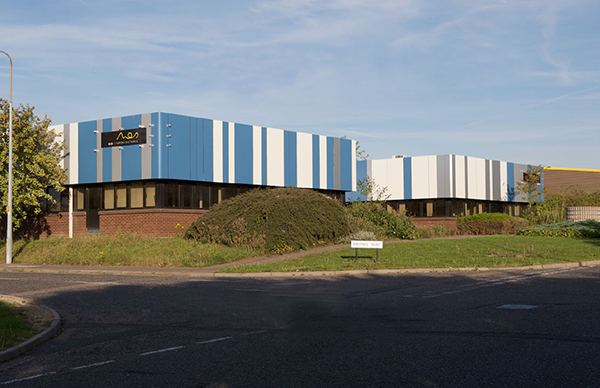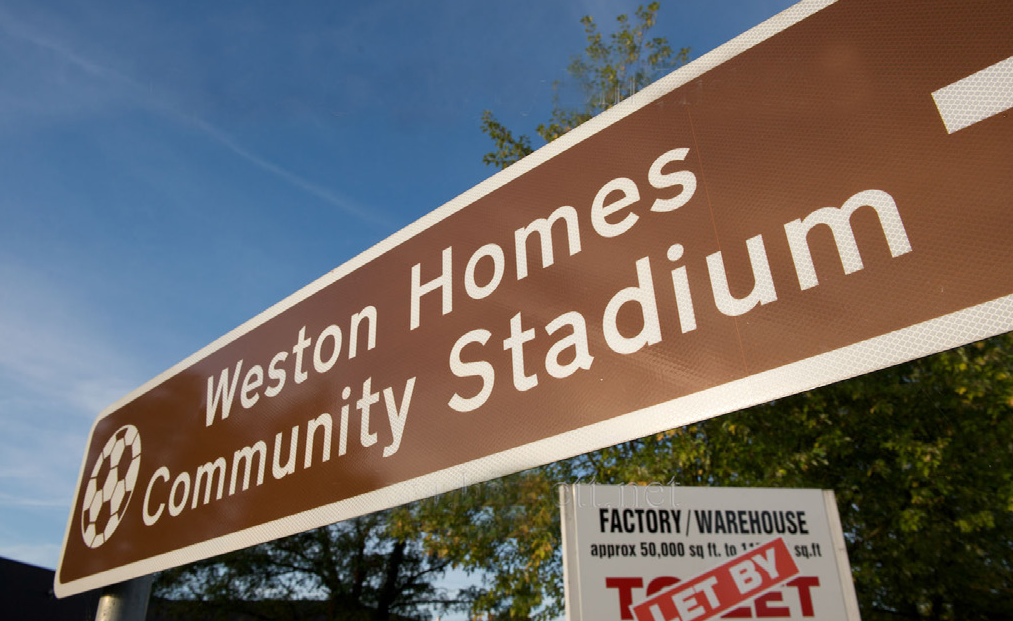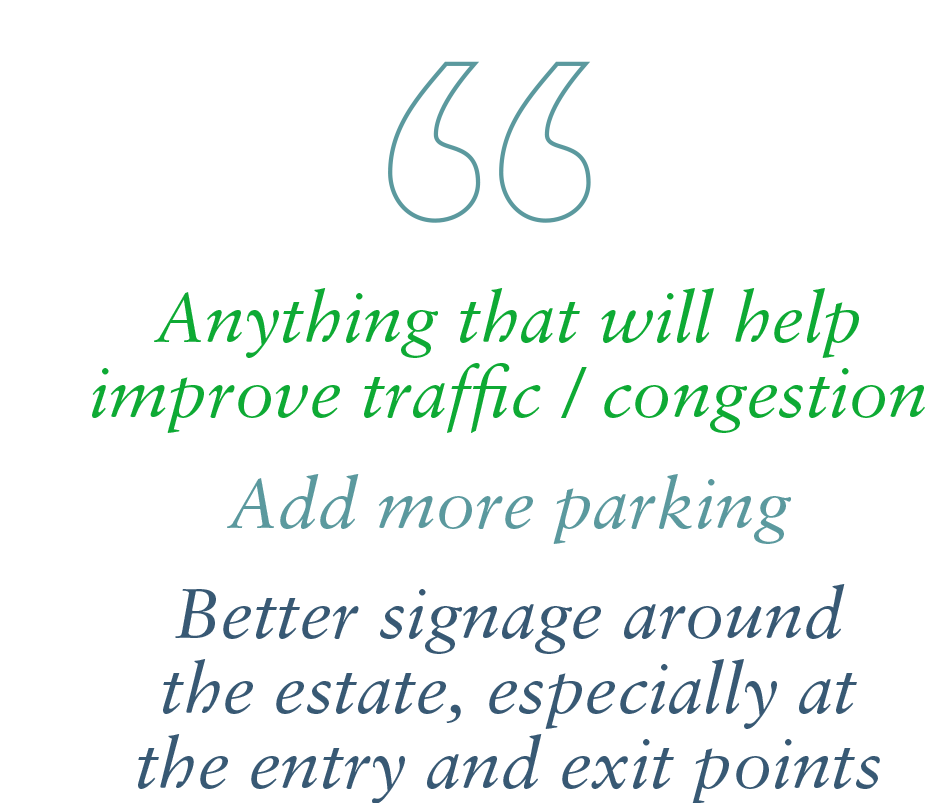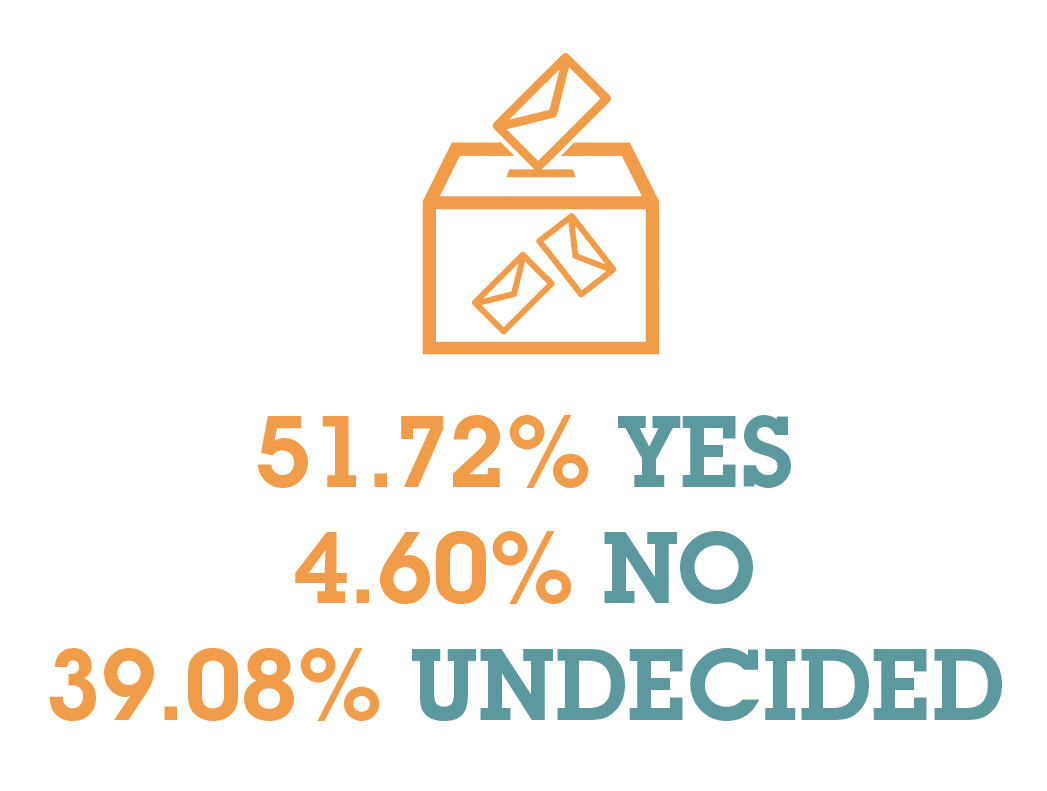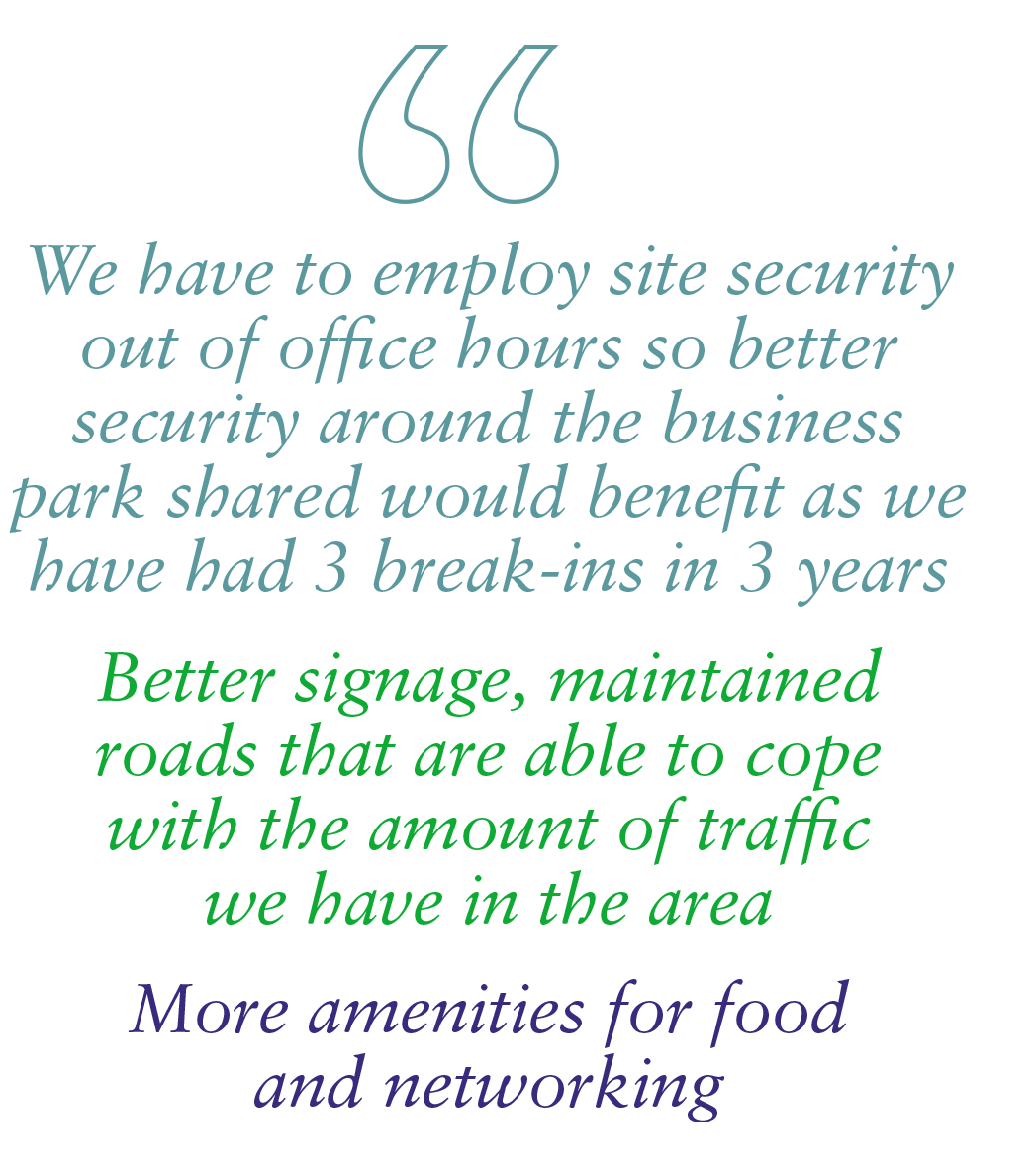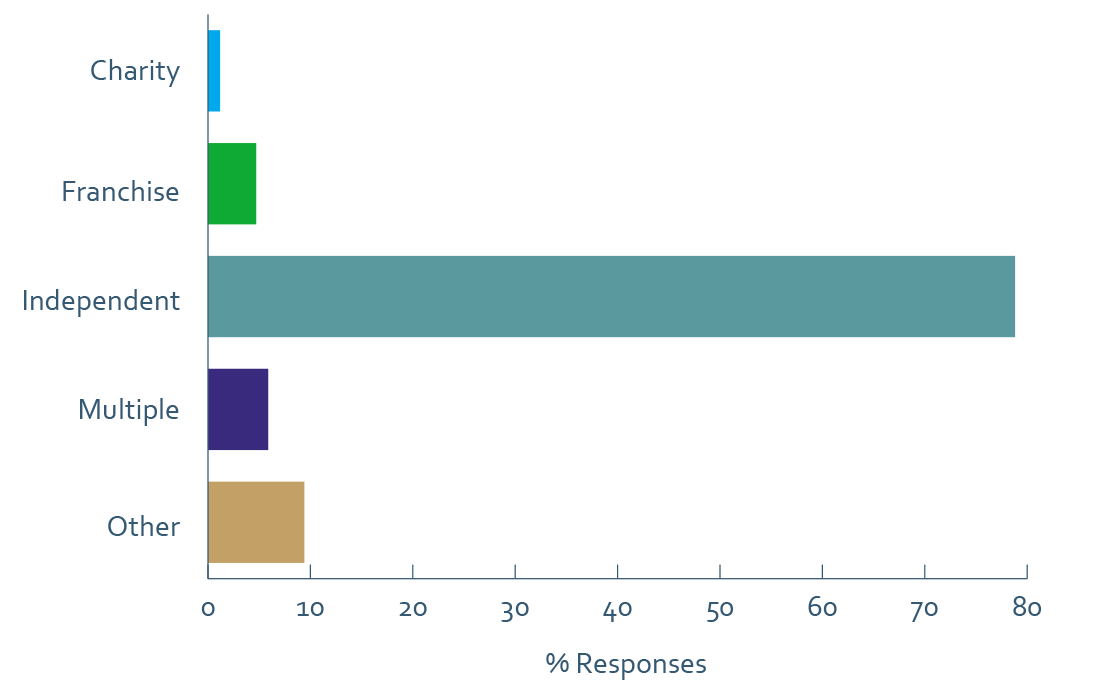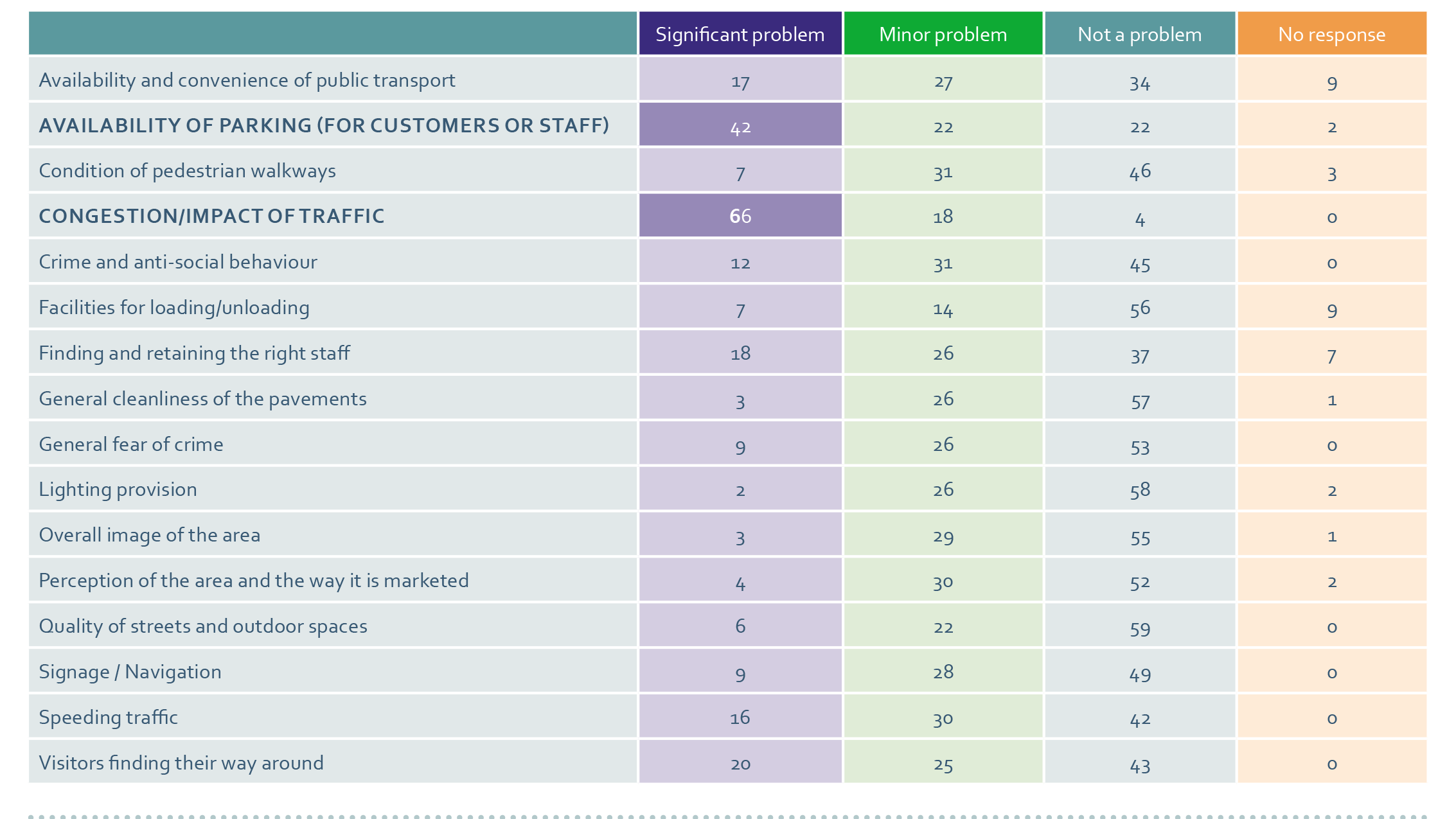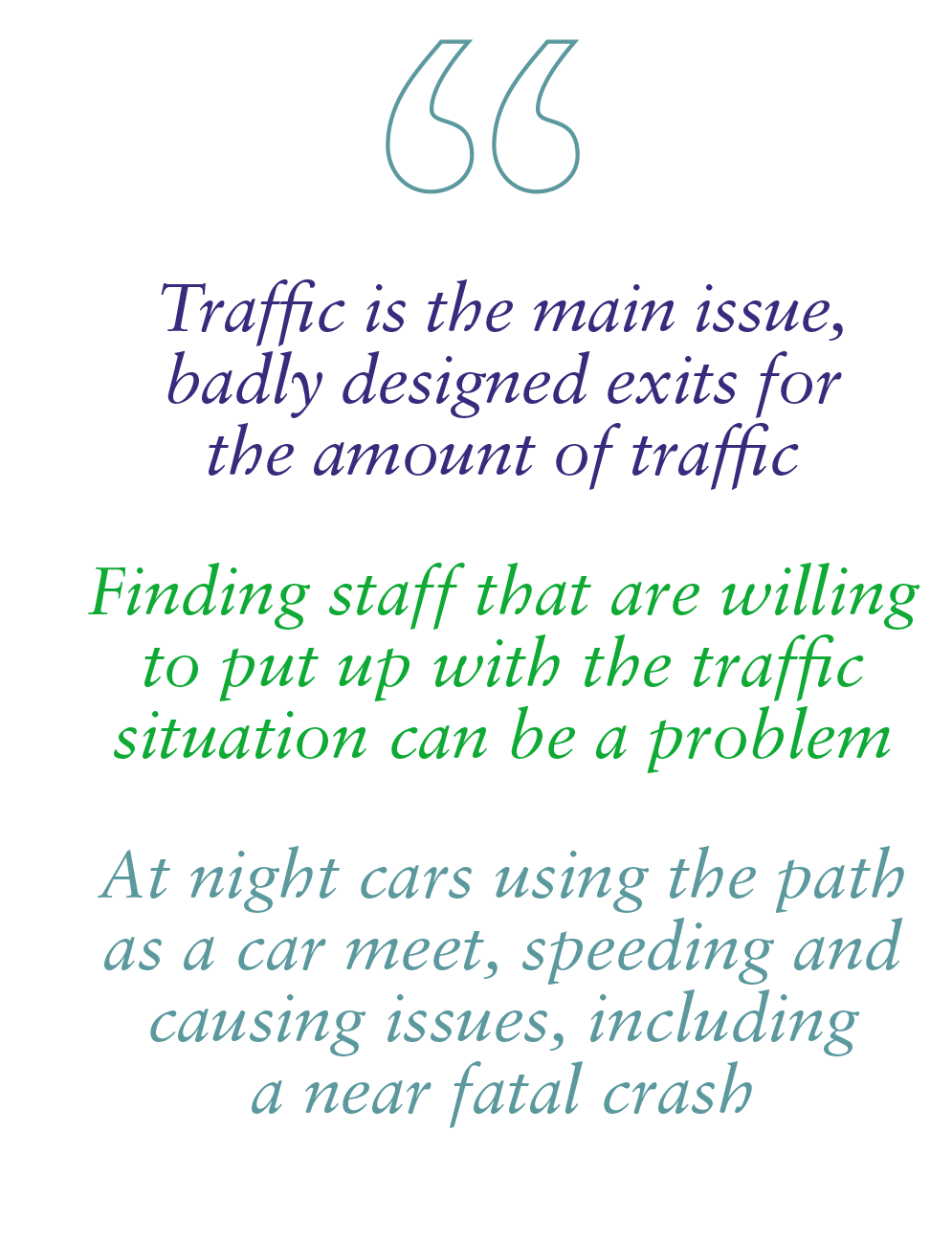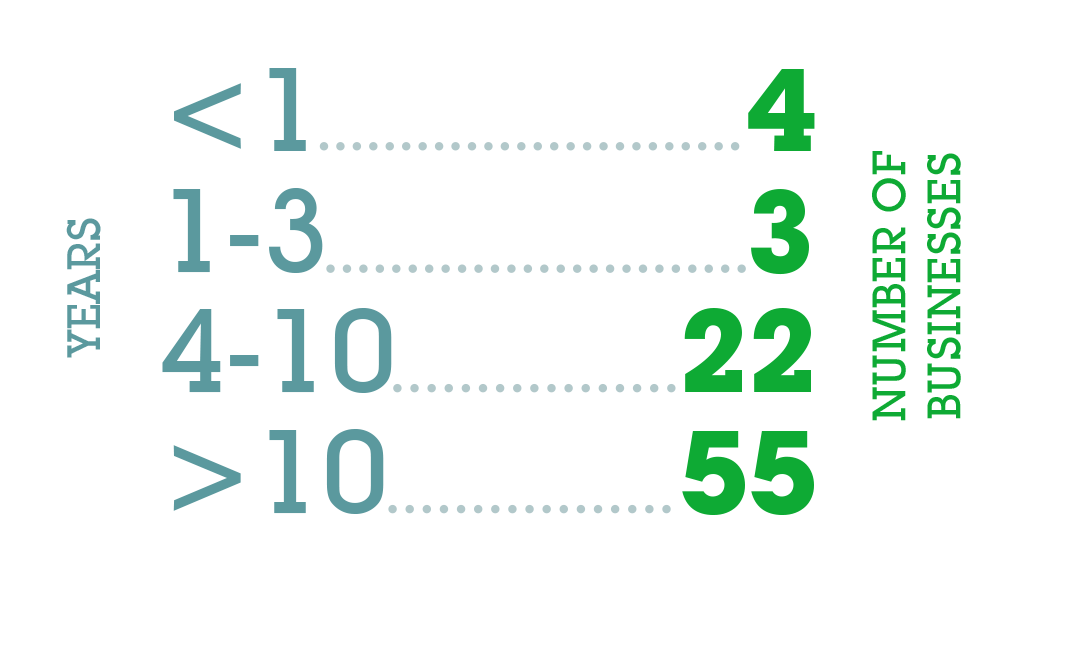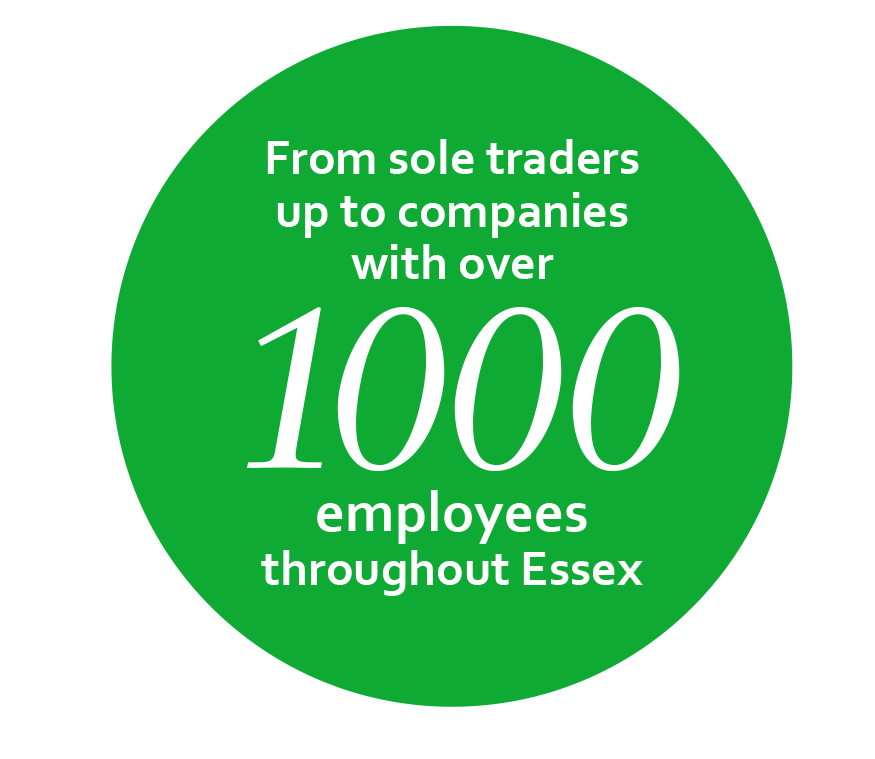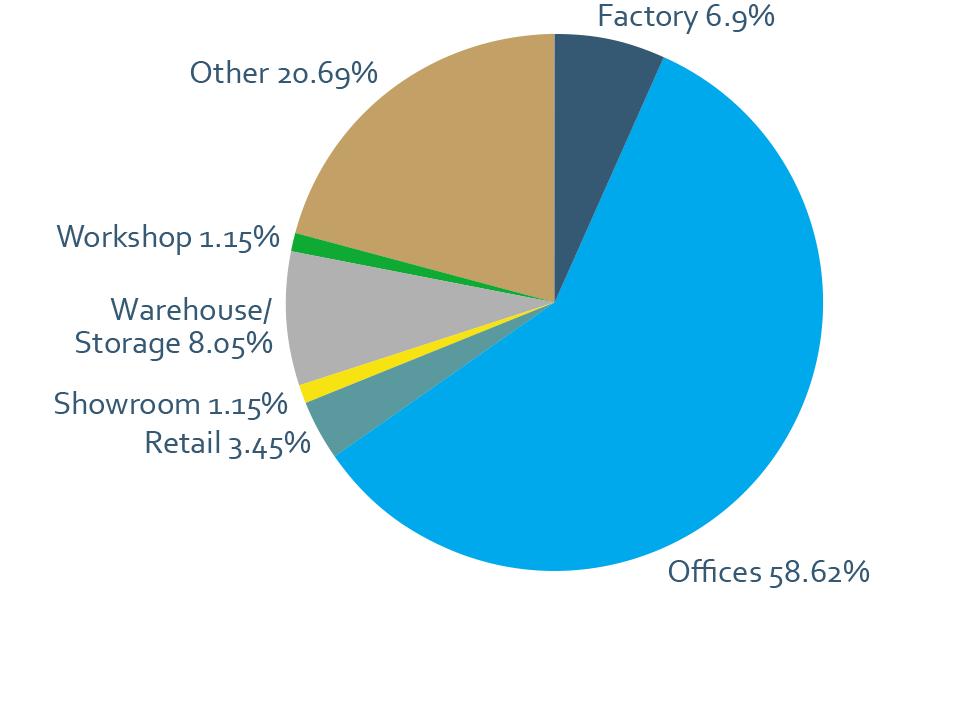EXECUTIVE SUMMARY
In early 2019, eight Northern Colchester businesses oversaw the creation of a Steering Group to look at the potential for a Business Improvement District (BID). This led to CRM Consultancy being commissioned to carry out an independent feasibility study into the possibility of introducing a Business Improvement District (BID) into the Northern Colchester area. The study began in earnest in July 2019 and culminated with the release of a summary report in September 2019.
There are 463 rateable buildings within the Northern Colchester area which equates to 347 individual named businesses to survey. Responses were collated from a comprehensive selection of sectors and businesses throughout Northern Colchester; the sample represents approximately 25% of the 347 within the potential defined areas of Northern Colchester and covers a full cross-section of sectors. With initial cold survey results of over 80% of those completing the survey in favour of a business-led group to deliver on improvements to the area, 55% in favour of a business-funded initiative and 52% in support of a BID as a model moving forward, we believe that there is a demand to take the next steps of developing a BID and starting the process accordingly.
A timetable overleaf is put forward for businesses to vote on a BID for Northern Colchester, based on a detailed, fully costed business plan that will be worked on and agreed by the Steering Group for early 2020, with a view to a five-year BID term starting in October 2020.
- The proposed boundary of the BID is to cover both Severalls and Colchester Business Parks and to include some of the surrounding area in this first instance; this is where there is the greatest proven shared need, relevant to the income generated that can be spent on possible solutions – based on other similar case studied areas, such as Witham Industrial Watch
- 1.25% is the most appropriate rate of levy to apply to the BID, due to the current BID guidelines, set by the town centre BID and WIW local industrial BID levy
- An exemption level is to be set at £14,999 – meaning that those properties with a rateable value of less than £15,000 would not be liable to pay the BID levy, even though they are situated within the BID boundary and will gain some benefits as a result. This has been decided based on Colchester setting its small business relief at £15,000.







